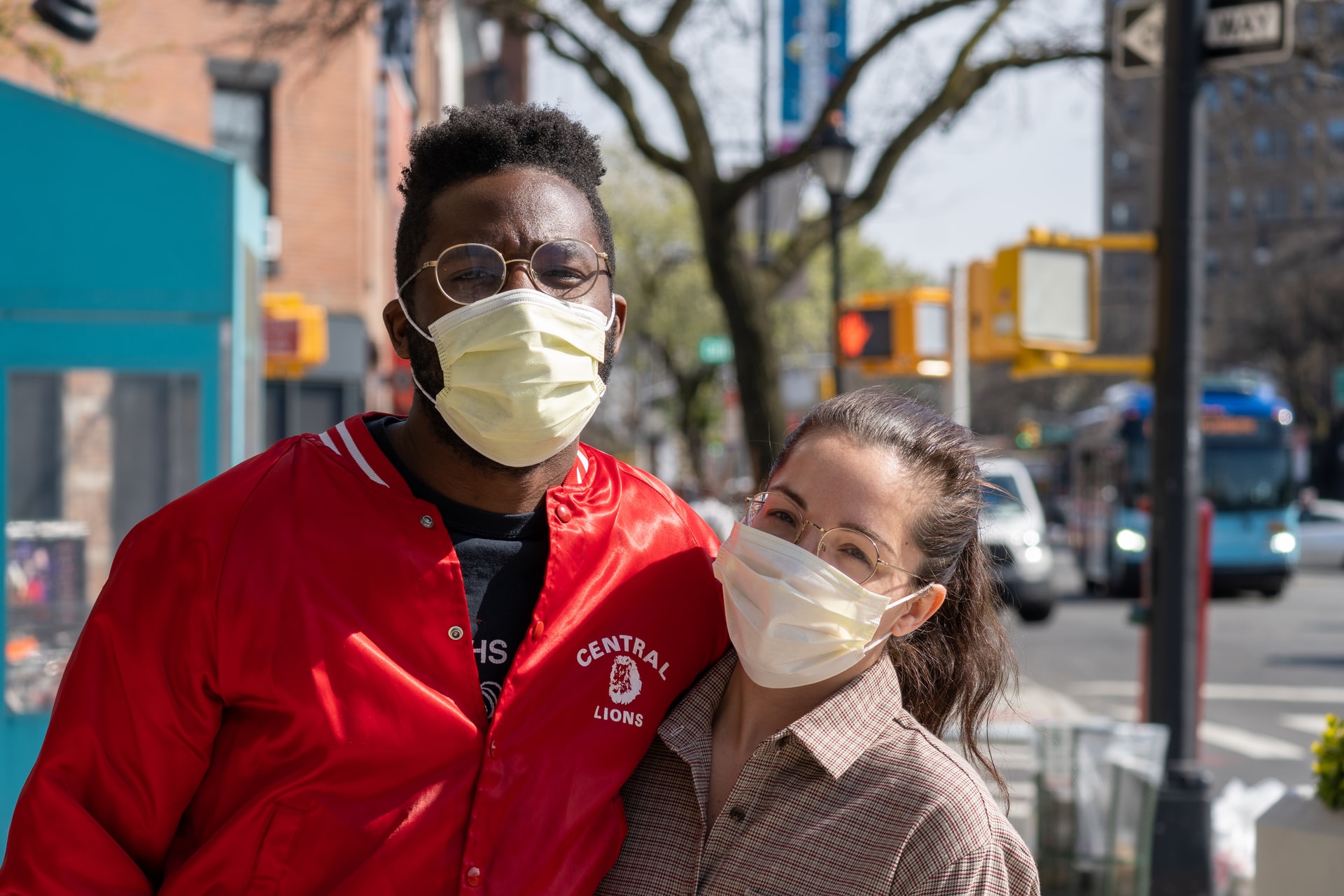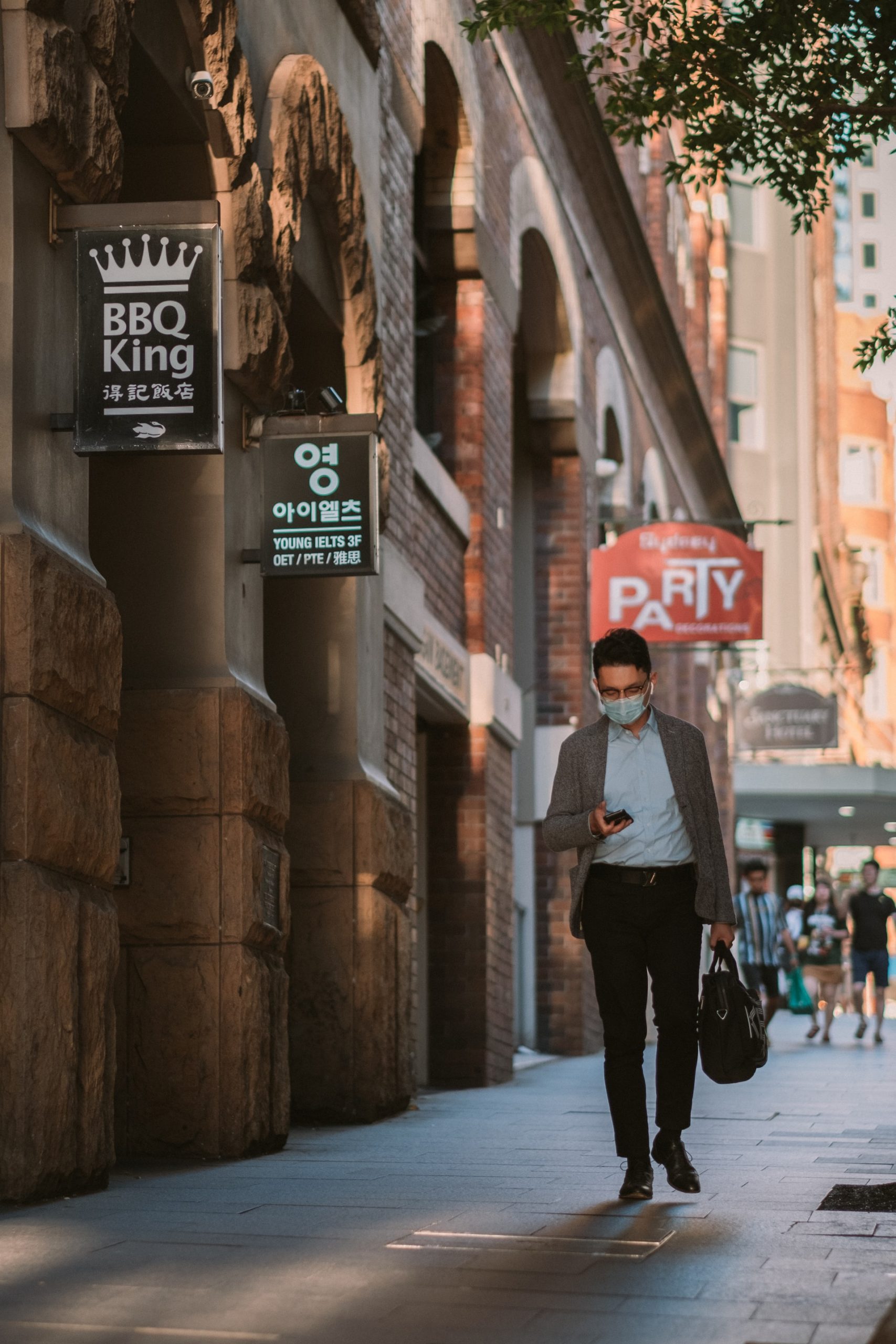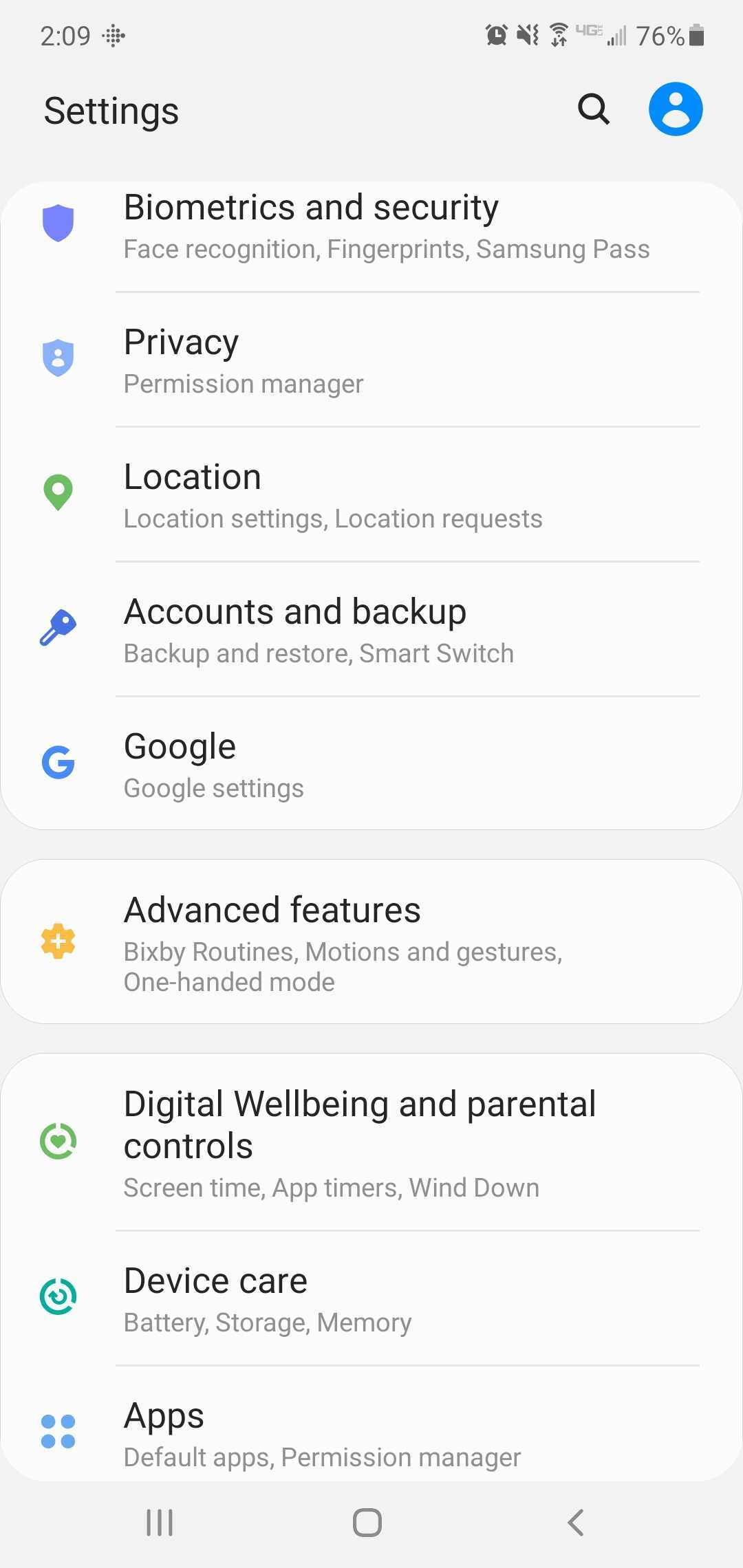The Covid-19 pandemic has affected the world in unimaginable ways. Have you ever thought of a time when circumstances would limit the number of people you could interact with?
Did you think that a virus pandemic would necessitate contact tracing, a relentless pursuit to find those who interact with those infected? Well, that moment has arrived.
Interestingly, to keep infection rates low, developers are currently busy trying to design new, convenient tracking and tracing mechanisms that can work with portable mobile devices. So, it is essential to know how these applications will impact our lives and how we can use them on a daily basis.

The question is: how can you use your Android device to access the contact tracing services offered by these applications?
This is exactly what we want to know.
Master the ABCs of How Android Phones Work for Covid-19 Contact Tracing
With the introduction of new apps that can be used for Covid-19 contract tracing, there is no doubt that your Android smartphone will play a central role in helping control the pandemic.
As noted, large companies around the world are currently working on the preparation of new applications. These will have an important role to play in advancing the war against this formidable global threat.
What form exactly will these applications take? To get started, note that as an Android user, you can choose to download the Covid-19 tracking app or enable coronavirus tracking at the mobile level.
Additionally, those who contract Covid-19 can choose whether or not to alert people they have closely interacted with about their status. Additionally, the apps will feature a verification code to confirm whether the claimed positive report for the coronavirus is actually true or not.

If you have interacted with an infected person, your phone will alert you automatically. However, the app will not tell you the name of the person or where you interacted; you will just learn that you are at risk and therefore you need to take action to fix the problem and prevent it from spreading. Ultimately, the developing companies, Google and Apple, will not have access to those who use the personal information of these contact tracing apps.
See how Track-and-Trace technology works seamlessly with androids
Significantly, Google and Apple have already developed a Application programming interface or APIs that work with other apps to enable contact tracing.
Think about it: have you ever loaded your website with a Google Maps Widget? If so, you were essentially using a variation of a API for Google Maps. In general, the newly introduced Covid-19 tracking mechanisms work this way.
Many agree that Apple and Google set the stage perfectly and ensured that revolutionary health apps can communicate with each other, whether users prefer an Android or iOS device. Tech giants want to make sure that these mobile platforms will share access to the core features required to collaborate as a viable contact tracing protocol.
That’s why Bluetooth signals are the cog in Covid-19 contact tracing
Interestingly, one of the most crucial segments of this Covid-19 contact tracing framework is that users need to activate Bluetooth signals. Obviously, this is the only way consumers can successfully use their mobile devices for contact tracing.
Why is this so?
The developers have identified Bluetooth as the perfect agent for low power wireless transmission. They are confident that it will work seamlessly in the background of your Android phone without overwhelming the battery. As you probably know, Bluetooth generally works well with car stereos, wireless headphones, and similar devices. This is an important factor.
Therefore, in this setup, you will basically use your Android device to register other connected phones. Here, suppose your device is running a Covid-19 contact tracing app in conjunction with other fully compatible devices. The logs built into the system are designed to exclude all identifying information about the user. Instead, newspapers use random numeric codes. These are wired to the bin after 14 days. As you know, this corresponds to the established Covid-19 incubation period.
Additionally, new apps can log into crucial details like how long you’ve been in contact with an individual. In essence, the app actually tracks how long you’ve been in contact with a individual phone. It also records statistics on how far you were both at that time. These statistics are evaluated from the strength of the Bluetooth signal. Interestingly, the signals will ignore less risky contacts (those that have interacted with you for just a few seconds).
How to find Covid-19 tracking settings with Android
The new Covid-19 contact tracing apps will come with several settings. With them, the user can easily activate and deactivate features like logging of exposure notifications. The user can do this at the farm level in a opt-in system.
How can you find the settings to access these features on your Android?
Here’s how to do it:
- Go to settings. “
- Tap the “Google” option. Google will ask you to enable “Bluetooth and location” tracking.
- Click on “Covid-19 Exposure Notifications”.

Here you will find a lot of information on how exposure tracking works. Additionally, you will get two inactive settings that will activate once you install a compatible app. In addition, you will find a single setting to remove everything random identifiers collected by your phone. The last parameter is used to deactivate the function.
To use these apps you need to enable the tracking features of your Android phone Bluetooth and Location. Note that the apps do not track your physical location or how often you leave your home. They only follow random identifiers your phone is exposed.
If you register as a positive case for Covid-19, the app sends that specific record of rotating identifiers to a special server. In turn, the server sends the message to other devices. So anyone who has contacted you in the last 14 days can receive an alert. It is now their responsibility to self-isolate or get tested. This way, apps can shut down a new Covid-19 transmission line.
Conclusion
In signaling the importance of the current war on Covid-19, tech giants, Google and Apple put aside their commercial rivalry to collaborate on a major project. The goal is to create the necessary contact tracing applications.
As a result, millions of Android device users are already enjoying the fruits of this strategic collaboration. Probably, you will agree that it is exciting to learn more about these intriguing apps.
And how do apps work to mitigate the effects of the coronavirus? This is undoubtedly exciting news for many.
